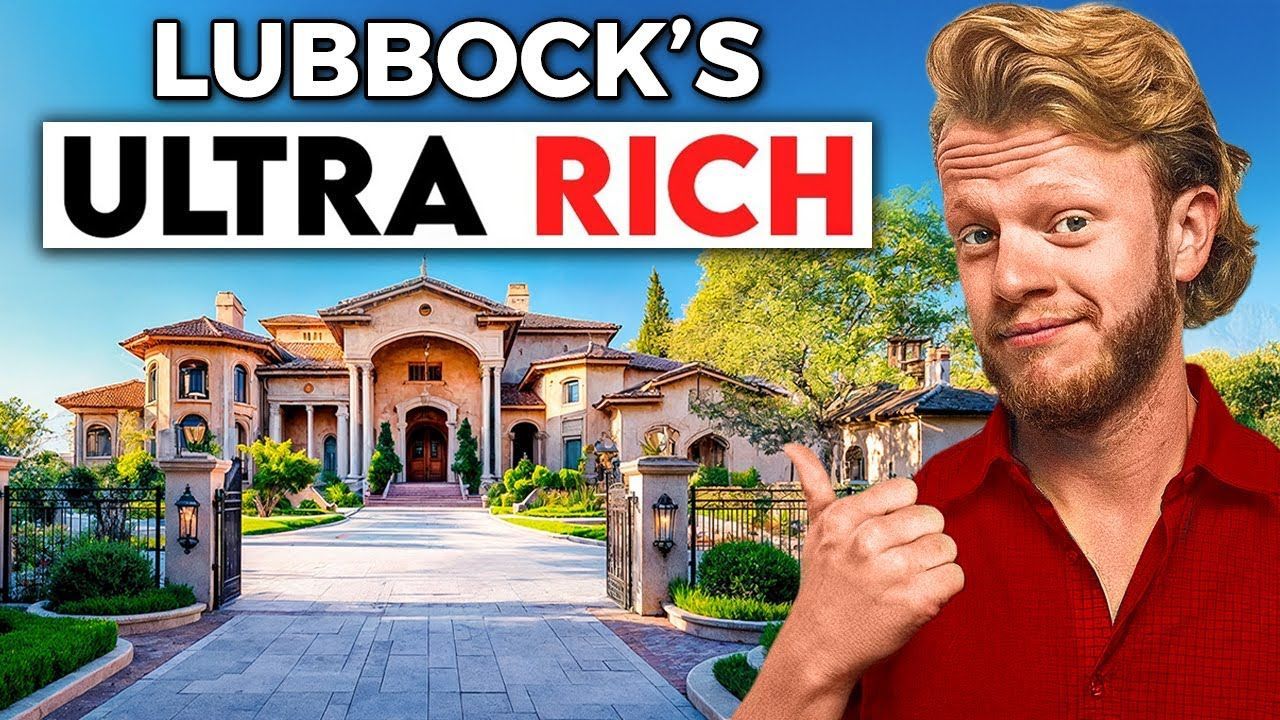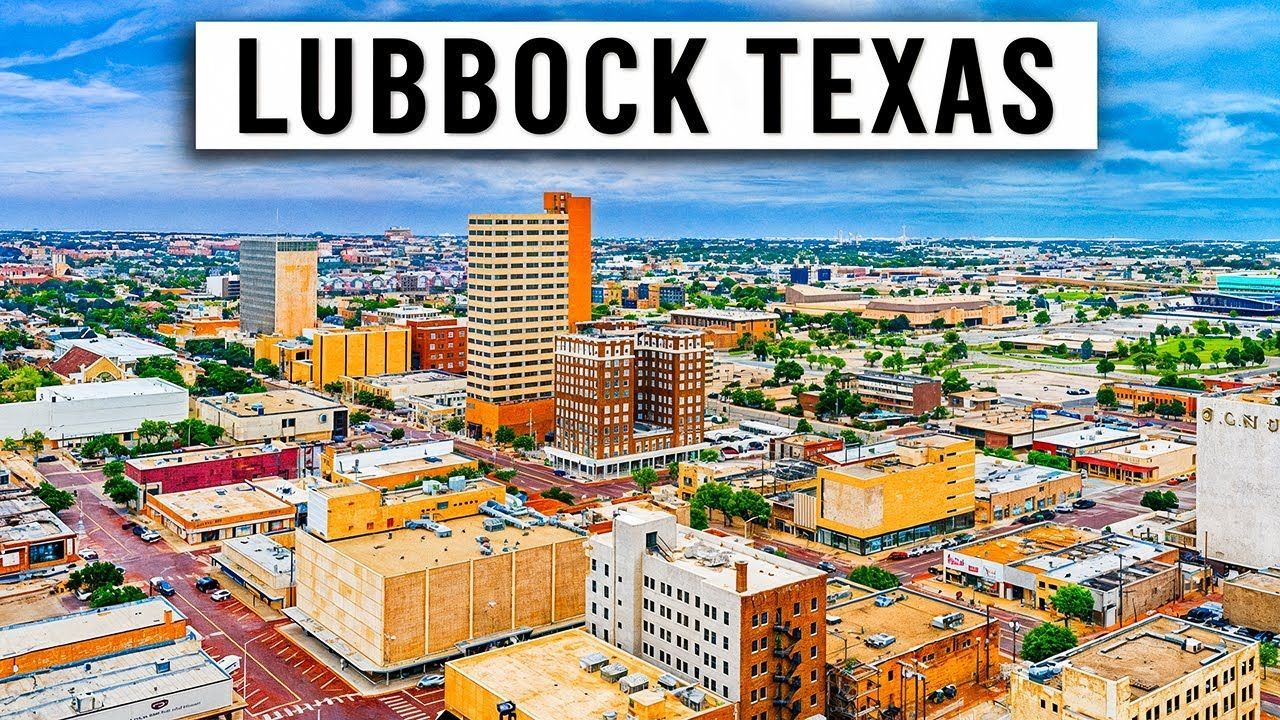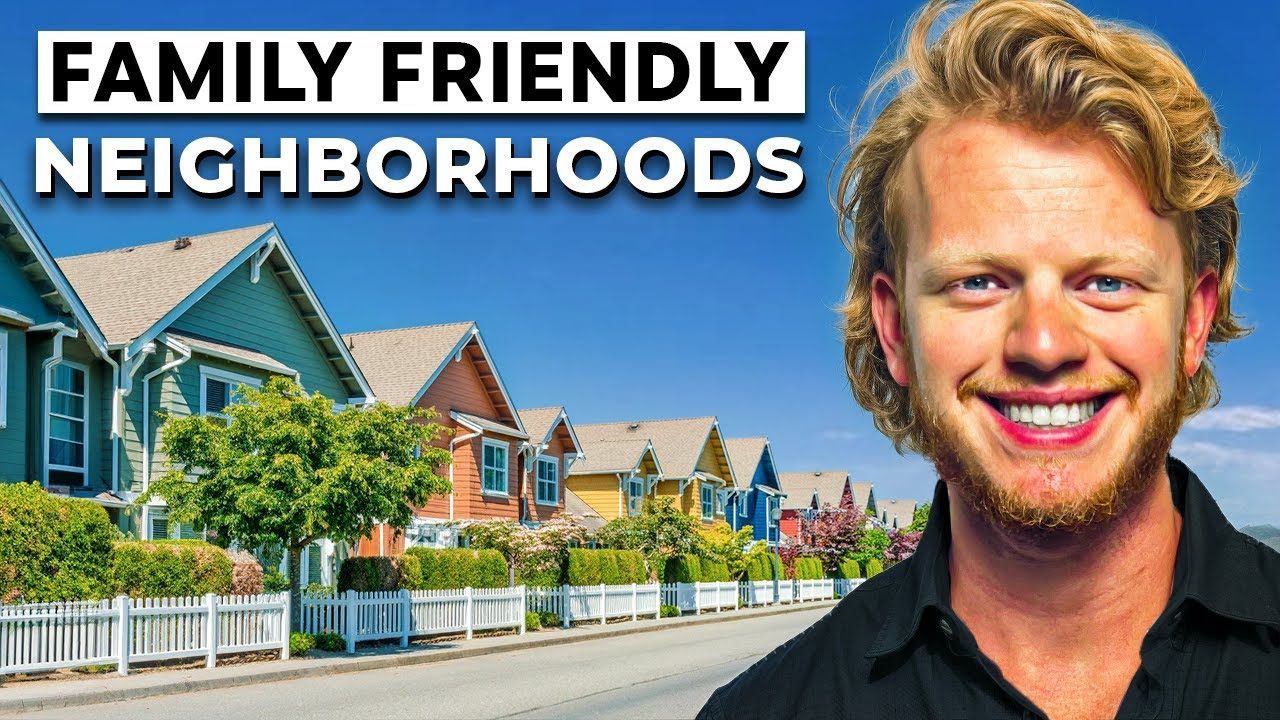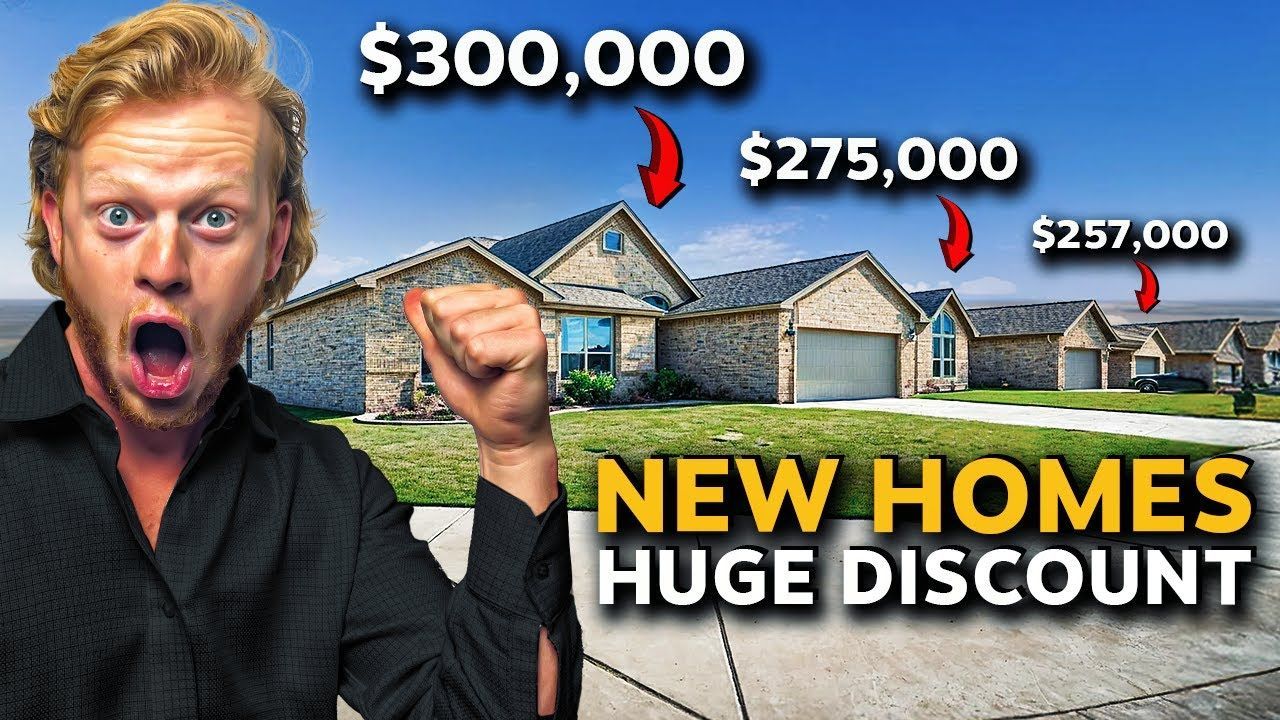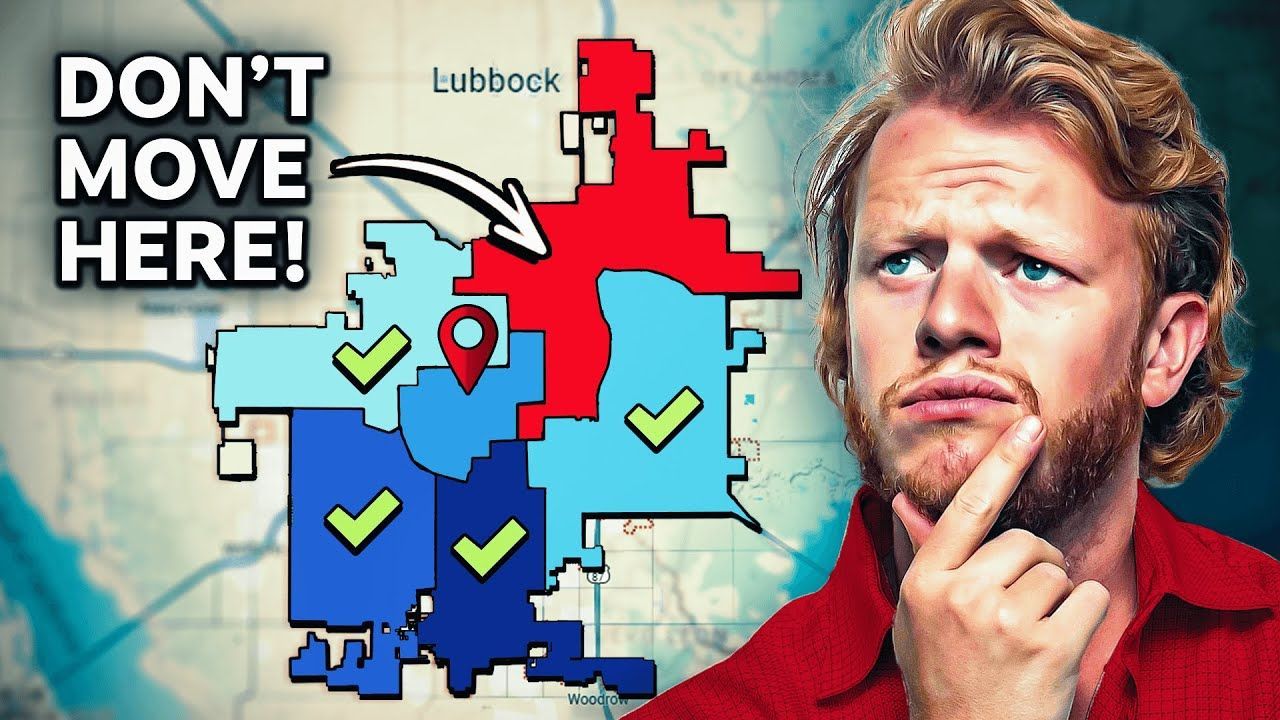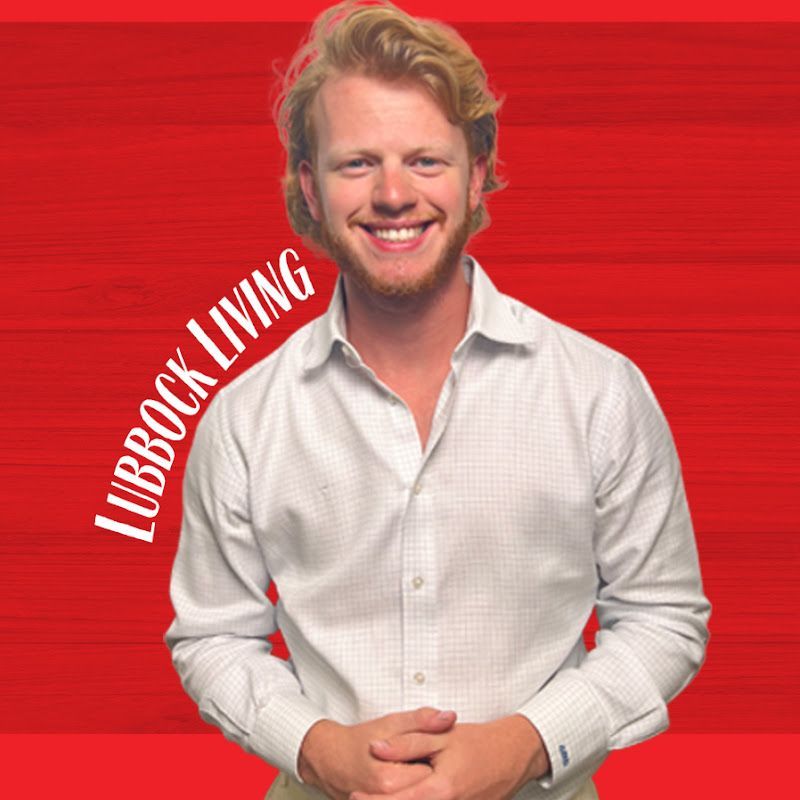Lubbock's Best and Worst Neighborhoods (According to Data)
In this deep dive I break down Lubbock's best and worst neighborhoods using publicly available data and my own local experience. Whether you're moving here, investing, or just curious, this guide will walk you through the neighborhoods people love, the ones you should research carefully, and how to read the numbers behind the reputation.
Table of Contents
- Introduction
- Lubbock's best and worst neighborhoods — how I ranked them
- Top neighborhoods people love in Lubbock (my local picks)
- Why these Lubbock neighborhoods are on the "best" list
- Now the other side: Lubbock's Worst neighborhoods (flagged by data )
- How to interpret Lubbock's "worst neighborhood" data
- Practical tips if you’re moving to Lubbock or hunting for housing
- FAQ — Lubbock's best and worst neighborhoods
- Final thoughts — making the best decision for you
- Want help finding the right neighborhood in Lubbock?
Introduction
This article is a practical, on-the-ground look at Lubbock's best and worst neighborhoods. I'll cover: what makes a neighborhood “best” in Lubbock, which neighborhoods consistently show up on data-driven "best" lists, which areas tend to show up on "worst" lists according to crime and affordability statistics, and how to use that information if you're house-hunting, investing, or relocating.
Throughout I reference datasets and observations that matter: median home price, housing stock (renters vs owners), proximity to key amenities (golf courses, restaurants, parks, the university), and crime statistics. I’ll also share local color — where to get a great burger, what parks locals love, and which neighborhoods have more trees (yes, trees are a huge plus in Lubbock).
Lubbock's best and worst neighborhoods — how I ranked them
Before we jump into specific neighborhoods, here's the method in plain English: I looked at public data, neighborhoodscout.com (neighborhood-level median values and crime statistics) and combined that with on-the-ground context — local amenities, housing styles, and the overall vibe. My goal was to present Lubbock's best and worst neighborhoods with transparency and practical advice, not to sensationalize or tell you where to move or not to move.
Let’s be clear: the phrase "Lubbock's best and worst neighborhoods" shows up a lot in searches, and folks want both: data-driven rankings and real-life context. You’ll get both here. I’ll start with the neighborhoods people call "best" — consistently desirable because of location, schools, green space, or newer homes — and then cover neighborhoods that appear in data-driven lists for higher crime rates or lower median values, with nuanced commentary so you can interpret the numbers.
Top neighborhoods people love in Lubbock (my local picks)
Here are neighborhoods I consistently recommend to clients and visitors — places that combine convenience, character, and resale strength. If you’re searching for Lubbock's best and worst neighborhoods from the "best" side, start here.
1. Lake Ridge
Lake Ridge sits at an important hub where the "path of progress" moves south — close to 98th Street and 82nd Street corridors. It's a mature and well-liked neighborhood with larger lots, more trees than most of Lubbock, and the Lake Ridge Country Club for golfers. If you want a neighborhood that feels established but still lively, Lake Ridge is a top pick.
What I like about Lake Ridge: lot sizes and mature trees that give a feel more like Dallas neighborhoods than the typical Lubbock sprawl. Restaurants and shops here update frequently; businesses come and go, but the area stays busy enough that new concepts have a good chance to thrive. You’ll find Capital Pizza, a Starbucks, and several newer restaurants in the corridor.
Who it's good for: families who want space and a mature neighborhood, buyers looking for long-term value near major retail and dining, and people who enjoy golf and patios — Back 40 Grill and Gators are popular local hangouts.
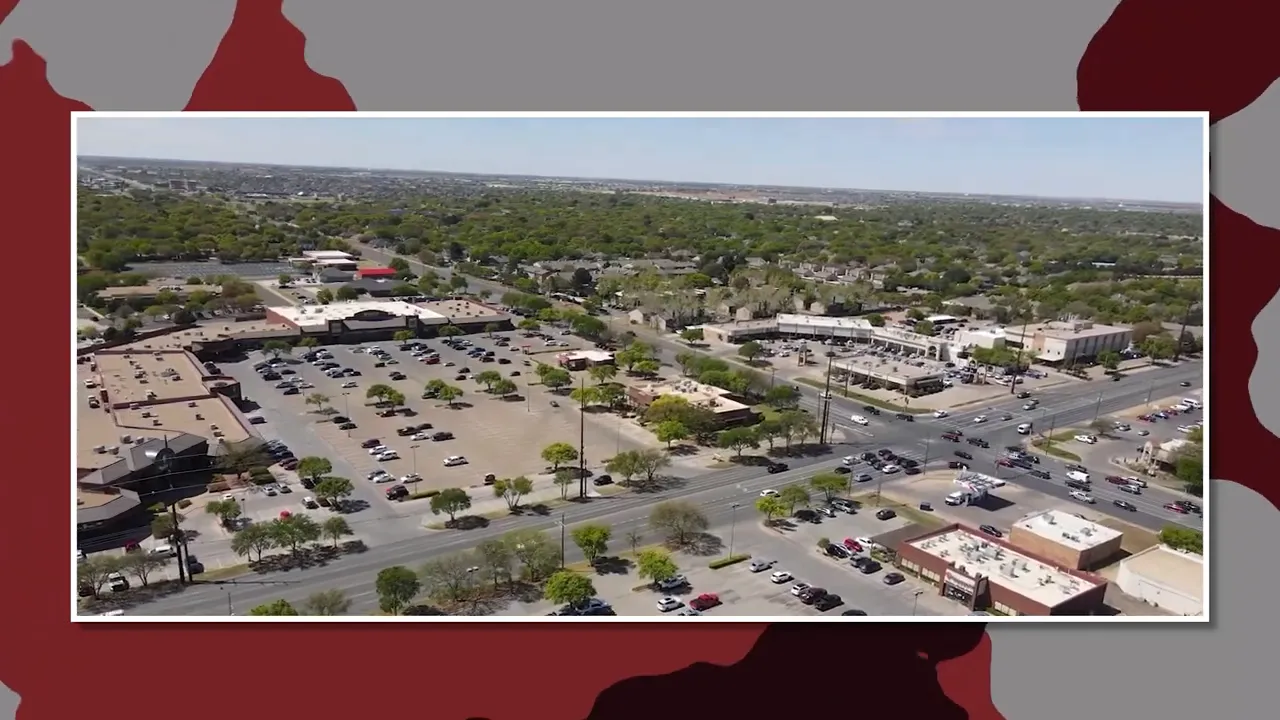
2. Primrose Point
Primrose Point is a very solid neighborhood, newer than Lake Ridge and often favored by buyers who want modern finishes without being in the most expensive pockets. Houses here typically range from about 1,800 to 3,000 square feet and tend to be built between 2005 and 2015. The 82nd/Milwaukee corridor gives you great dining options — think The Funky Door, Picoso's, and Little Woodrow's — and easy access to shopping centers and Target on the West End.
What I like: Primrose Point is compact, walkable enough for neighborhoods, and close to everyday amenities. It’s a "sweet spot" for buyers who want recent construction and a modern floor plan without paying premium gated-community dollars.
3. Bacon Crest
Bacon Crest (yes, say it like it's delicious) is a newer neighborhood with larger homes — many in the $400k range and sometimes featured in local "parade of homes" showcases. If you want a house that feels fresh and modern, this neighborhood usually delivers. It’s close to Primrose Point and shares much of the same convenience, but it’s often a step up in size and finishes.
Who it's good for: buyers who want new-build amenities and don't mind being a little farther from downtown. These homes are designed for modern families and often score well in resale.
4. Tech Terrace
Tech Terrace is the Austin-like, character-rich neighborhood of Lubbock. It's right across from Texas Tech University and filled with older houses that have personality — porches, mature shade trees, and a mix of students, professors, young families, and long-time residents. Wagner Park and Tech Terrace Park are hubs for community activities: locals play tennis, volleyball, and gather with guitars and blankets for a low-key afternoon.
What I like: the neighborhood has unique houses with character; it's walkable; it's vibrant. If you want to buy something interesting (not mass-produced), Tech Terrace is worth a look. Keep in mind it’s close to campus, which means more student activity and occasional late-night noise. Crime data sometimes flags areas close to universities, but that doesn’t erase the neighborhood's charm.
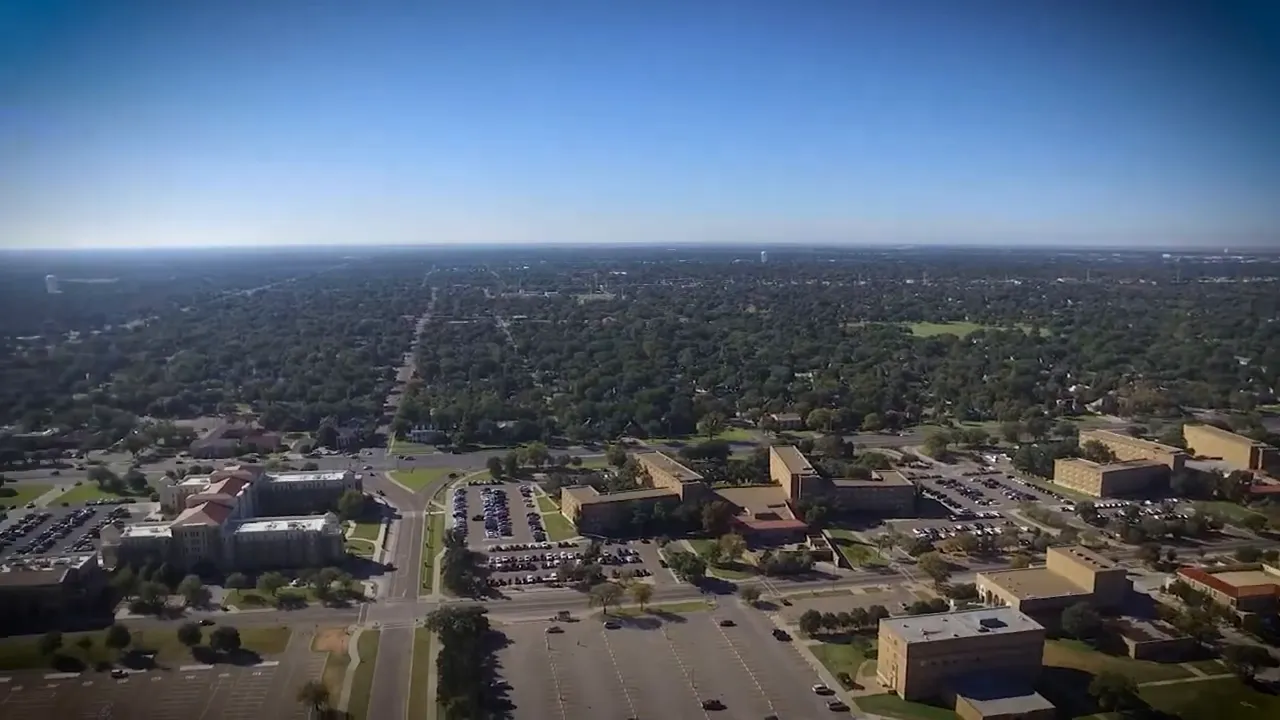
5. Melonie Park
Melonie Park may be my favorite entry because it has a classic Lubbock feel with updated interior renovations. You’ll find a range of prices — from entry-level houses in the low $200s to upgraded properties in the $500k–$800k range — often block-by-block differences. Like Lake Ridge and Tech Terrace, Melonie Park stands out for its mature trees and lovely yards (the fescue lawns look great here).
What I like: remodeled mid-century houses with creative floor plan updates. Instead of knocking out walls just because open concept is trendy, many renovations keep a bit of charm (a little dining nook, a feature wall, smart circulation) and the results are attractive and functional.
Why these Lubbock neighborhoods are on the "best" list
Lubbock's best and worst neighborhoods are often separated by these key factors: proximity to amenities, lot size and trees, housing stock age and quality, and perceived safety. The neighborhoods above tend to check most of those boxes: convenient shopping and restaurants, established trees and yards, a variety of housing sizes, and community amenities like parks and golf courses. That combination equals long-term desirability.
Now the other side: Lubbock's Worst neighborhoods (flagged by data)
Data-driven sources sometimes list areas with lower median housing values and higher crime rates in the same breath. Below I summarize the neighborhoods that often appear on those lists. Remember: using data is smart — but context matters. A high crime-rate number can be concentrated in small pockets or tied to student rentals; median price can reflect high renter occupancy rather than the quality of every block.
If you're researching Lubbock's best and worst neighborhoods, include both types of information: raw numbers and real-world context.
1. Arnett Benson
NeighborhoodScout shows Arnett Benson with a median real estate price around $115,000, which is less expensive than a large majority of Texas neighborhoods. The housing stock is primarily small studios, one- to three-bedroom units, and much of the real estate is renter-occupied.
Why it's flagged: median prices and rental-heavy housing often correlate with higher rates of reported crime. NeighborhoodScout indexes this, and Arnett Benson reports higher-than-average rates compared to state and national neighborhoods. That doesn't mean the area lacks community or value — many people live there and build life — but it does mean you should research specific blocks and time-of-day patterns if considering it.
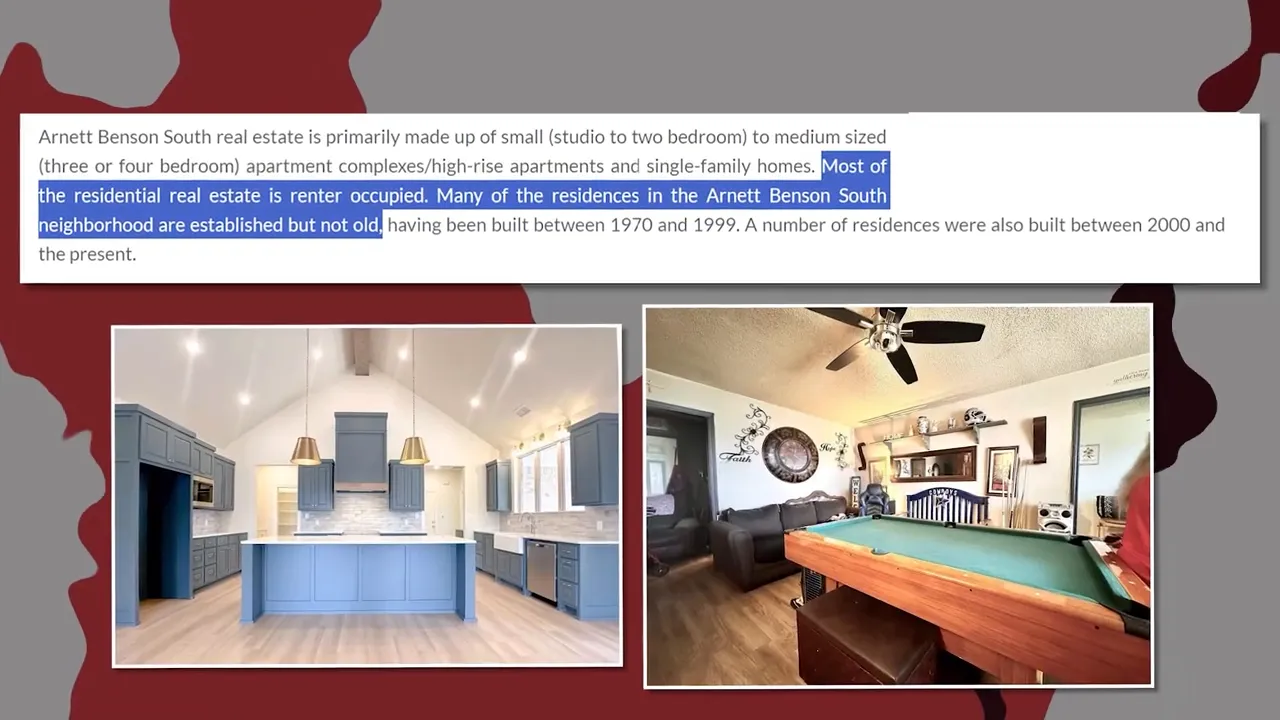
2. The Heart of Lubbock (area east of Texas Tech)
The area just east of the university — often labeled "the heart of Lubbock" on data sites — also shows up in "worst" lists, primarily because of crime rates per resident. This zone sits between campus hotspots and neighborhoods like Tech Terrace, which sometimes leaves it caught in the middle of campus-related disturbances and opportunistic incidents.
Context: student-heavy areas often show spikes in certain types of crime (property offenses, late-night incidents). If you’re a student or parent of a student, this is useful to know; if you’re a buyer who wants quiet evenings, consider neighborhoods a few blocks away where the resident profile leans toward families and longer-term owners.
3. Jackson Mahon
According to NeighborhoodScout data, this area reports a median home price near $78,000 and a crime rate higher than more than 90% of Texas cities and towns. That high indexed crime rate is the primary reason it appears on "worst" lists.
Context and advice: lower median price can be attractive if you're investing, but higher crime indexes require careful block-by-block due diligence. Look for signs of investment, crime mitigation (lighting, neighbor watch groups), and patterns of change before writing an area off or in.
4. Medical District
The Medical District gets flagged in part due to its adjacency to the university and central areas. Busy districts with round-the-clock activity (hospitals, clinics, shift workers) sometimes see more incidents reported at all hours. Again, context matters: there are pockets within these districts that are safe and well-maintained.
If you’re evaluating the Medical District for living or investing, consider proximity to hospital shifts, local landlord practices, and whether you prefer round-the-clock activity or quieter residential streets.
MEDICAL DISTRICT HOMES FOR SALE
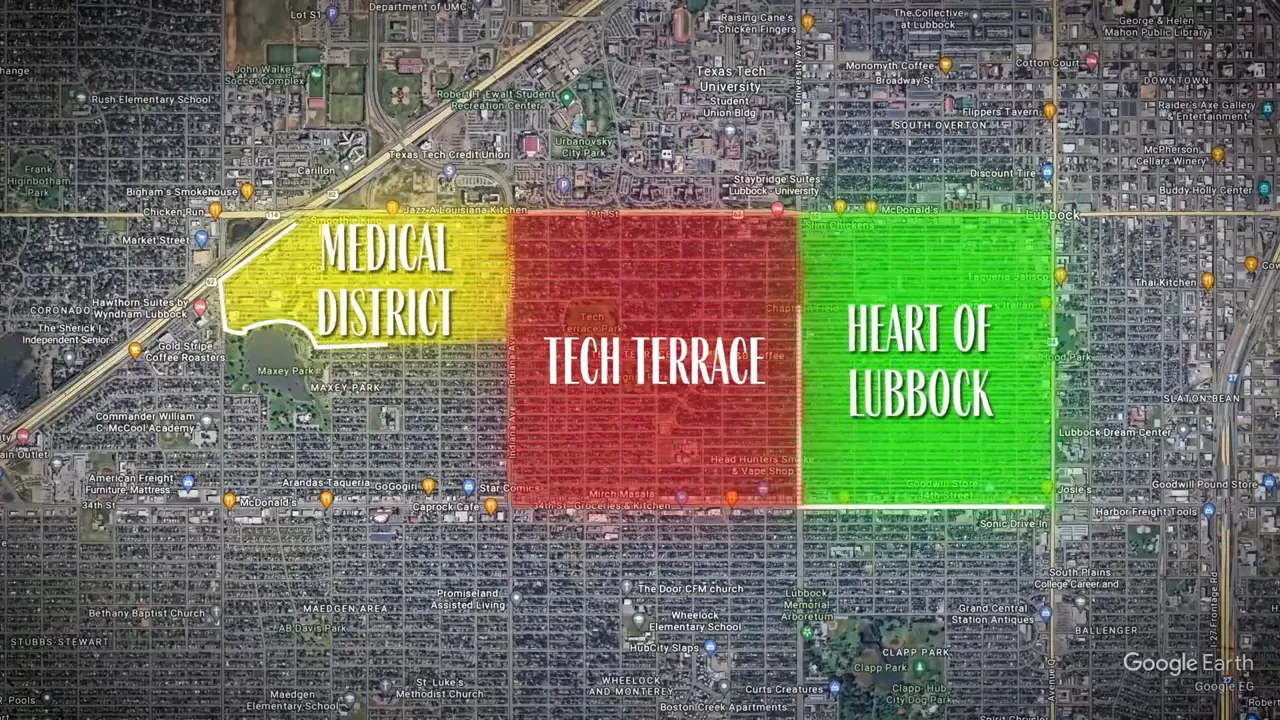
How to interpret Lubbock's "worst neighborhood" data
When data labels a place as one of Lubbock's best and worst neighborhoods, it’s usually relying heavily on two numbers: median home price and crime index. Here’s how to interpret them:
- Median home price: Low median doesn’t always mean the neighborhood is bad; it can mean more rentals, older housing stock, or transient populations. For investors it can be opportunity; for families it can indicate more turnover.
- Crime index: Crime statistics are helpful but they require context. A neighborhood near a busy campus or hospital can report higher incidents. Look at the taxonomy of crimes (violent vs property), times of day, and exact block locations.
- Renters vs owners: Areas with a high renter occupancy often have higher turnover and different maintenance dynamics. That influences both crime reporting and perceived neighborhood stability.
Use data as a starting point, not the final verdict. Walk the blocks, talk to neighbors, and consider long-term trends and municipal plans (zoning, new developments) that can change neighborhoods rapidly in Lubbock's path-of-progress corridors.
Practical tips if you’re moving to Lubbock or hunting for housing
- Drive the blocks at different times — daytime and late evening — and note lighting, noise, and activity.
- Check crime maps from multiple sources (local PD, NeighborhoodScout, and community Facebook groups) and look for consistent patterns, not single events blown out of proportion.
- Consider your priorities: proximity to work, schools, nightlife, or quiet streets. Some of Lubbock's best neighborhoods give you space and trees, while others give you walkability and nightlife.
- Talk to local real estate agents who work those neighborhoods daily. They can show you recent comps and trends.
- If you're investing: look for signs of municipal investment or infrastructure projects — these can be early indicators of neighborhood turnaround or stabilization.
FAQ — Lubbock's best and worst neighborhoods
Which neighborhoods should families most consider in Lubbock?
Families often look at Lake Ridge, Primrose Point, Bacon Crest, and Melonie Park for school access, yard space, and quieter streets. Tech Terrace is great for families who want character and proximity to cultural events but keep in mind the student presence.
Are the "worst" neighborhoods unsafe to visit?
"Worst" in data terms often means higher crime index and lower median price. It doesn’t mean every block is unsafe. Use local maps, talk to residents, and visit in person. Many people live, work, and love life in these areas.
I'm an investor. Where should I look in Lubbock?
Consider the path-of-progress corridors (south-southwest) where new development and retail growth are happening. Lower-priced neighborhoods can offer cash-flow opportunities, but require a careful view of maintenance, tenant screening, and local crime patterns.
How accurate are the crime statistics and NeighborhoodScout reports?
They are useful but not infallible. They rely on reported incidents and algorithms. Combine them with local police stats, community feedback, and block-level observation.
How do I find a neighborhood with more trees and yards?
Neighborhoods like Lake Ridge, Tech Terrace, and Melonie Park stand out for mature tree canopy. Drive through these areas and look for consistent landscaping and larger lots if trees and outdoor space matter to you.
Final thoughts — making the best decision for you
Lubbock's best and worst neighborhoods look different depending on your goals. If you want established yards and golf courses, Lake Ridge makes sense. If you want character and walkability, check Tech Terrace. If you're price-sensitive or an investor, study blocks, crime patterns, and tenant dynamics closely before buying in lower-median-price neighborhoods.
Data is your friend if you use it correctly: it gives you an overview but not the fine-grain color. Walk the blocks, ask questions, and match the neighborhood to the lifestyle you want. Lubbock is a city of distinct pockets — some leafy and quiet, some lively and close to campus — and each has a reason residents call it home.
Want help finding the right neighborhood in Lubbock?
If you’re thinking about moving, buying, selling, or investing in Lubbock — call or text me at (806)-464-9380 or email andrew.baxter@trustprogressive.com. I put neighborhood data, boots-on-the-ground observations, and client priorities together every day. If you want a customized neighborhood tour or a deep-dive into school zones, crime patterns, or investment potential, I’ll help you cut through the noise and find the right fit.
Thanks for reading — and remember: when people search for "Lubbock's best and worst neighborhoods," they’re really searching for clarity. Use numbers, use context, and use the neighborhood that fits your life.



